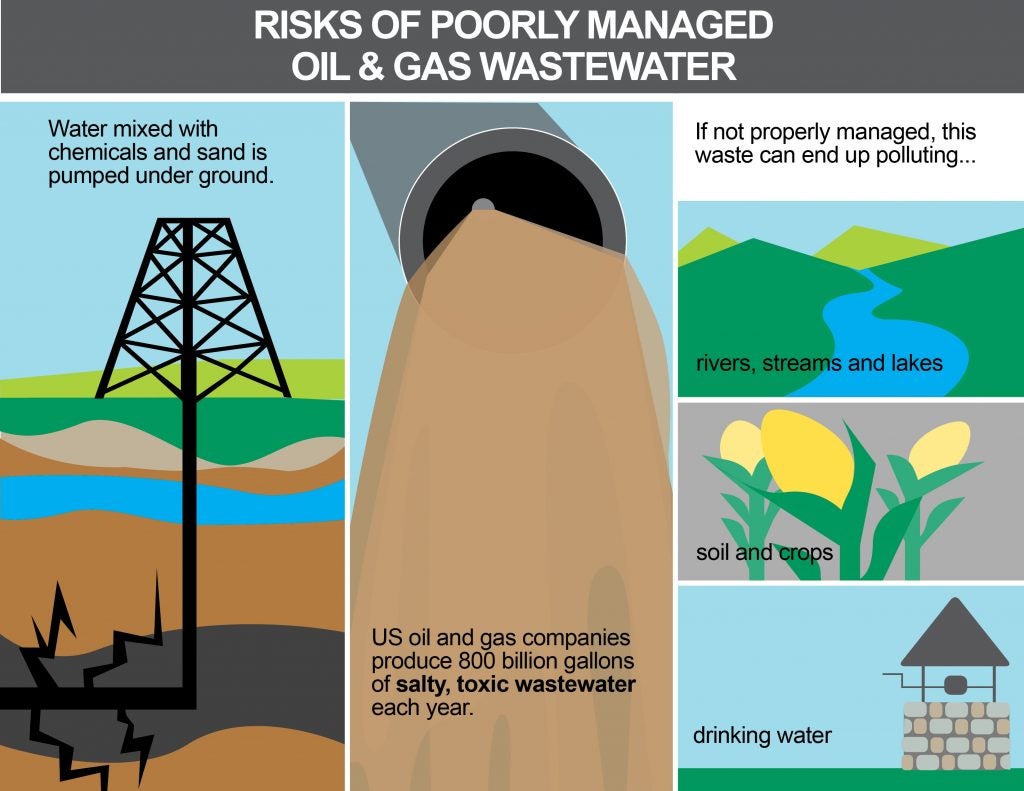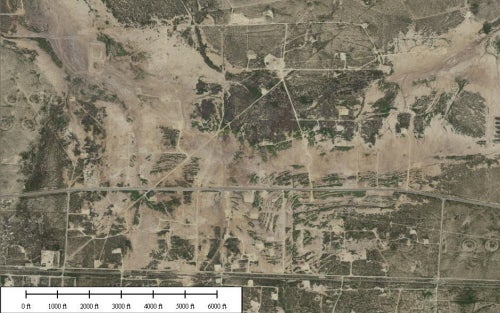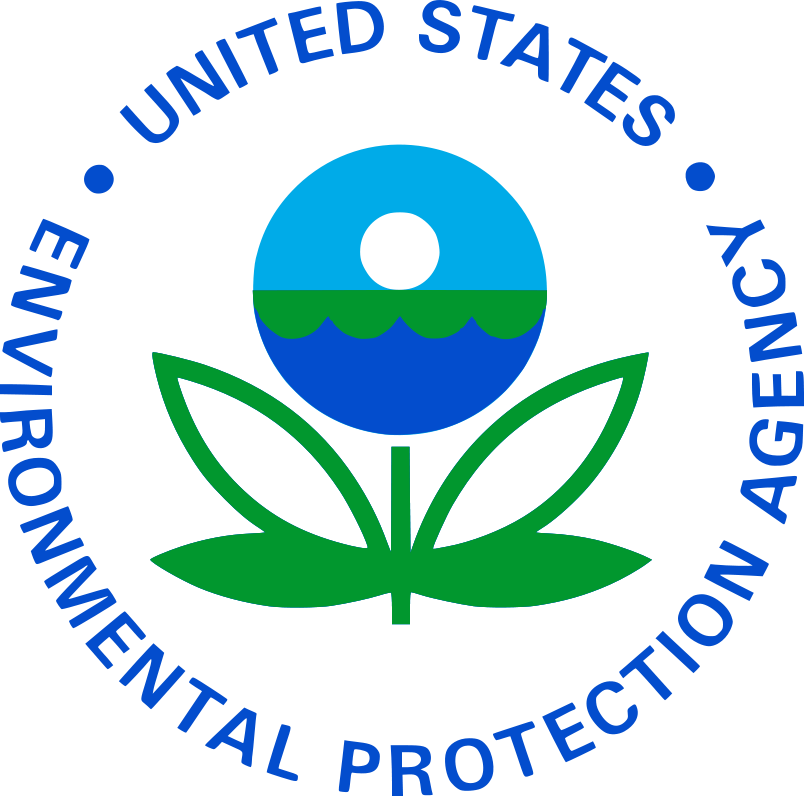
Look before you leap – why learning more about oilfield wastewater is critical to reducing health and safety risks.
The oil and gas industry has a massive wastewater problem. And if the growing dialogue about new ways of dealing with it are any indication, it may get worse if we aren’t careful.
Cost concerns, pressure to conserve water, and other factors have led some oil and gas companies to consider new ways to manage or repurpose wastewater – including using it to irrigate crops. That could create more problems than it solves.
Managing the massive amount of oil and gas wastewater has been a challenge for energy companies for generations. Some wells produce up to 10 times more wastewater than oil. In the United States, companies produce nearly 900 billion gallons of wastewater a year. That’s enough to fill over 1,000 football stadiums.
Ongoing Risks
Oil and gas wastewater is often many times saltier than sea water – and can ruin soil for generations if large amounts spill or leak during storage or transport. In fact, landowners with a long history of oil and gas production on their lands know that a wastewater spill can cause much more long term damage to their land than an oil spill. Read More












 Questions about if and how hydraulic fracturing activities (or “fracking” to some) can contaminate drinking water have been top-of-mind for many since the practice started getting widespread public attention about a decade ago. Recognizing the validity of those concerns, EPA undertook a study to see how the full ‘hydraulic fracturing water cycle’ – which includes water withdrawals, chemical use and mixing, well injection, waste water management and disposal — could potentially impact our drinking water resources. In a
Questions about if and how hydraulic fracturing activities (or “fracking” to some) can contaminate drinking water have been top-of-mind for many since the practice started getting widespread public attention about a decade ago. Recognizing the validity of those concerns, EPA undertook a study to see how the full ‘hydraulic fracturing water cycle’ – which includes water withdrawals, chemical use and mixing, well injection, waste water management and disposal — could potentially impact our drinking water resources. In a 